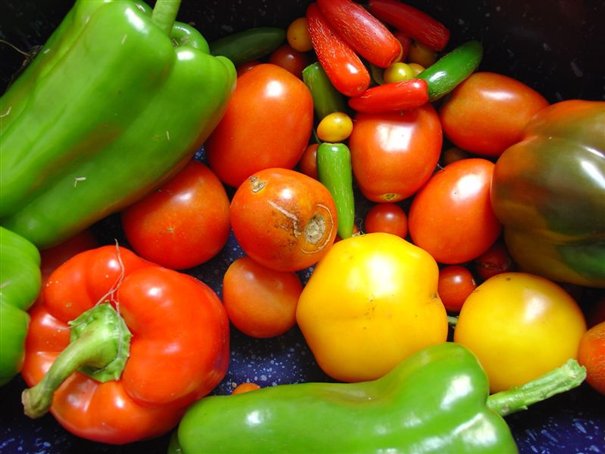
Whilst vegetarian recipes may have once been limited and somewhat restrictive, they are now available in a number of different formats, perfect for your next vegetarian themed dinner party. Cooking these dishes gives people the chance to experiment with a range of different ingredients, utilising less common fruits and vegetables.
However, it is still vital that individuals consider a number of different factors when creating these dishes. Vegetarian recipes are available for a range of different types of cuisine and understanding the requirements of others will help you to create the best possible dishes.
Types of vegetarianism
The first thing which you should give considerable thought to is what types of vegetarianism are there. Whilst vegetarianism will typically refer to individuals who do not eat meat, there are sub-classes within this group.
For example, pescatarians will typically eat fish whilst abstaining from the consumption of other meats. This means that individuals could cook using sea food and fish in their meals, creating a meal which would cater to their tastes.
Other vegetarians will not eat any meat at all, meaning that fish or seafood dishes would not be suitable. More strict vegetarians may also refuse to eat gelatine (which is made from animal fat) whilst vegans may also reject dairy products as well as meat, eggs and products containing animal fat.
When attempting to cater to these tastes it is important that you are aware of what ingredients are contained in different pre-packaged items. This will help you to create a meal which is tasty whilst not compromising any of your guest’s values.
Types of cuisine
Once you have established what type of vegetarian dish you need to create, the next thing you need to do is decide what type of cuisine you will cook. Vegetarian dishes will be available across a number of styles of cooking, with Indian recipes in particular offering a number of vegetarian meals.
Examples of these recipes include meals such as vegetarian curries, vegetable samosas and vegetable pakoras.
Of course, vegetarian dishes don’t have to be a separate entity to other meals and a number of recipes which contain meat can be adapted to vegetarian tastes.
A number of meat substitute products are now available, with soya bean curd and Quorn products being popular examples. These offer individuals items which are free from meat but mimic popular meat-based items, such as meat fillets, mince and even sausages.
Using these products, instead of meat, is an easy way for people to cook vegetarian dishes which are tasty and meat-free whilst ensuring the cooking process is not made particularly difficult.
For those interested in being a little more adventurous with their cooking, making vegetarian recipes from scratch can be a popular and rewarding option. A number of Chinese recipes are primarily centred on vegetables, making it easy for the meat ingredients to be omitted.
Alongside this, individuals can experiment with different fruit and vegetables in order to create new and innovative dishes. The best thing to do if attempting this is to ask what vegetables and items the intended recipient prefers. Incorporating these into a dish or basing a meal around them will help you to create a recipe which they will love, whilst also developing your cooking skills.
Another tip when cooking vegetarian dishes is to make sure that you consider all aspects of the meal. Make sure that you use vegetable stock and vegetable gravy and avoid cross contamination if you are cooking dishes with meat in the same kitchen. Always check the ingredients of different items to ensure they do not contain meat and use pre-packaged spices and other seasonings to enhance the flavour of your finished creations.


